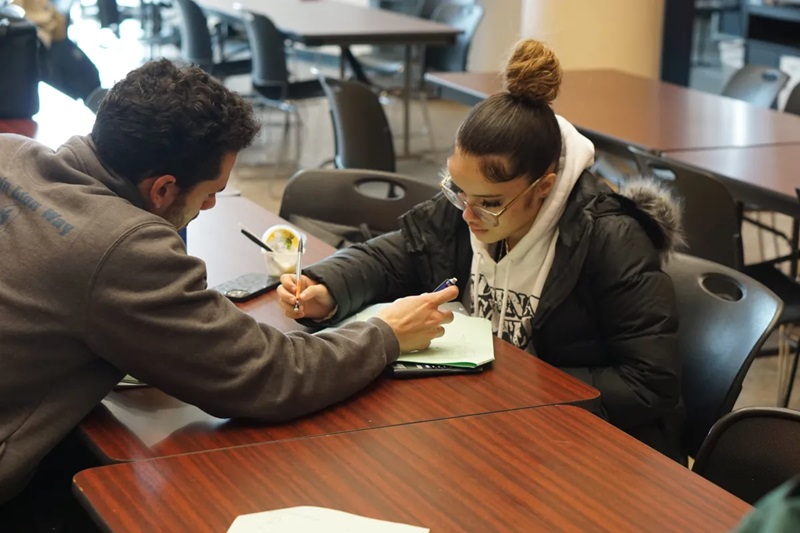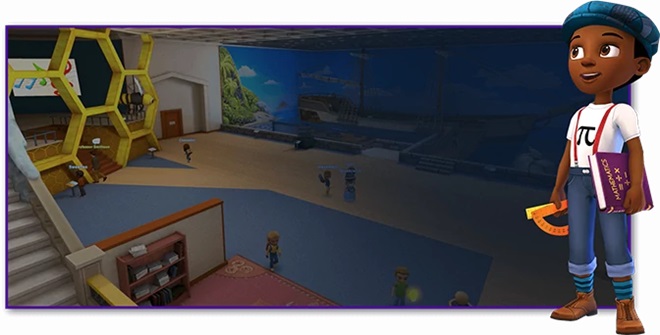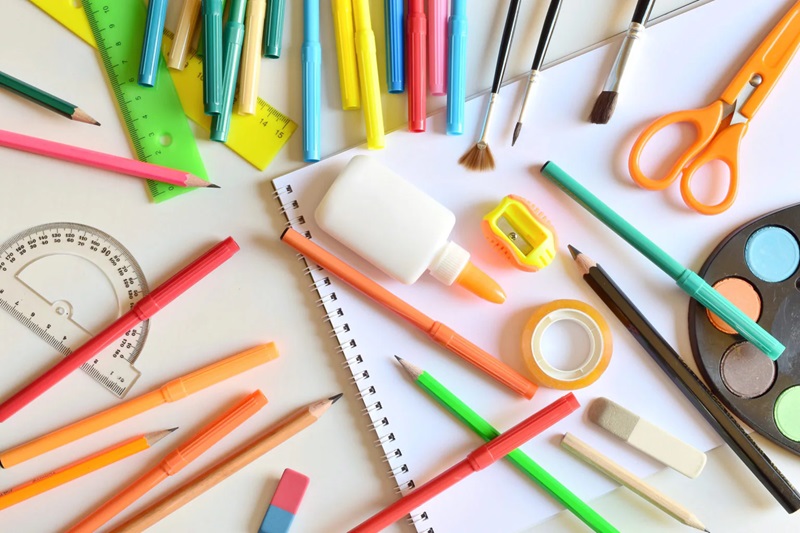Study shows technology can help scale tutoring efforts
Student gains persist with mix of computer and human tutoring
by Michael Jonas June 27, 2024

AS SCHOOLS AND districts struggle to help students make up for learning loss caused by the pandemic disruption to in-person classes, education experts have repeatedly pointed to overwhelming evidence that high-dose tutoring – small group instruction delivered at least three times a week – can yield large gains in achievement.
All the hype around tutoring, however, has collided with another reality that has long plagued those trying to drive big changes in education: It’s often difficult to take strategies that show strong evidence of effectiveness in particular schools or districts and extend their impact more widely to the larger swath of students who would benefit from them. But a new study points to a way high-dose tutoring can be scaled more broadly without any loss of its effectiveness. What’s more, the study suggests this can be done in a way that cuts per pupil costs by nearly a third and staffing needs by half.
The study, conducted by researchers at the University of Chicago at schools in Chicago and New York City, sought to test whether a daily tutoring session would be as effective if some of it were delivered via computer-assisted program rather than an in-person tutor.
Math tutors were assigned a group of four 9th grade students, who were then divided into pairs. One day, the tutor worked with one pair of students while the other pair spent the 50-minute session in the same room but using a computer-assisted learning program. The following day, the student pairs switched places, so that over the course of the year students got half their instruction from an in-person tutor and half via the computer-based math program.

The study found that math gains were nearly as large under this approach as they were in a similar study that involved a tutor delivering in-person instruction each day to two students. In both studies, tutoring led to gains of one to one-and-a-half years more math learning than typically seen in a year of standard classroom math instruction.
Because the hybrid system combining technology and in-person instruction could assign four students to each tutor rather than two, it suggests tutoring could be delivered effectively to the same number of students in a school or district with half the number of tutors. The mixed instruction system was also delivered at 30 percent less cost than the $3,500 per pupil cost of the system using a 2-to-1 student to tutor ratio.
“The two main issues with high-dosage tutoring are costs and staffing issues, so this intervention is trying to get at both of these at the same time,” said Salman Khan, one of the study co-authors and the research director of the Education Lab at the University of Chicago.
“This is a potential recipe for scaling up the right mix of technology and in-person tutoring.”
The tutoring study employed a model developed by Saga Education, a national nonprofit that grew out of the experience at Boston’s Match Charter Public High School, which 20 years ago began to integrate high dose tutoring into the regular school day schedule for students.
“The groundbreaking news is the idea that it’s possible to find ways to leverage emerging technology to make tutoring more accessible while maintaining quality and reducing costs,” said AJ Gutierrez, Saga’s co-founder, who attended Match as a high school student.
Matthew Kraft, an education economist at Brown University who has written about the challenge of scaling tutoring efforts, called the results “very promising.”
The ability of computer-assisted programs to augment the work of tutors is more significant now than ever. Twenty years ago, when Match started its high-dose tutoring with Boston high school students, it was receiving 10 applications from freshly minted college graduates for each tutoring slot in the program.
Even in more recent years prior to the pandemic, said Khan, the University of Chicago researcher, there was a decent supply of would-be tutors. “Post pandemic it’s a different situation,” he said. There’s a shortage of tutors, there’s a shortage of teachers.”
As Khan and his co-authors write in their paper on the new study results, “Improving student learning in America is not so much a problem of pedagogy as a problem of scale.” The new findings certainly don’t solve that problem. But they point to a tangible way to make meaningful, if incremental, progress, which is the way gains are measured on most big problems.
Is tutoring the answer to pandemic learning loss?

There’s compelling evidence that it can boost student achievement, but it’s challenging to implement it well at scale.
Commonwealth Beacon
